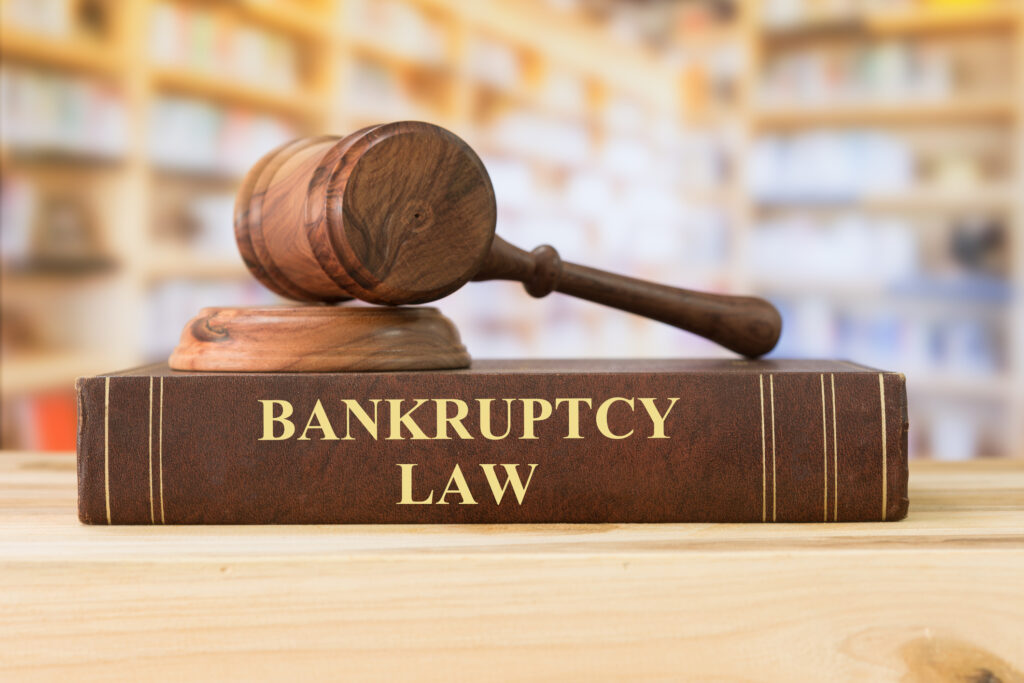
A Tale of Hope in the Face of Financial Hardship
Imagine Sarah, an individual who like others, found herself overwhelmed by credit card debt. Despite her efforts, the towering bills and relentless interest rates felt insurmountable. Sarah’s story is not uncommon; it echoes the struggles faced by many individuals. However, her journey towards recovery through bankruptcy offers a glimmer of hope to those facing challenges.
Understanding Bankruptcy: A Lifeline for Individuals Burdened by Debt
Bankruptcy is often seen as a last resort and it can be a solution for individuals grappling with credit card debt. It’s a process designed to assist people like Sarah in resetting their circumstances. According to data from the United States Courts, over 400,000 bankruptcy cases were filed in 2022. It is a testament to its significance as a tool for debt relief.
Different Types of Bankruptcy: Selecting Your Path
Typically, individuals have two options when considering bankruptcy—Chapter 7 or Chapter 13. Chapter 7 is renowned for its ability to eliminate debt. It was chosen by 63% of filers in 2022 based on information provided by the American Bankruptcy Institute.
However, Chapter 13, which deals with reorganizing debt and creating repayment plans, made up 37% of the number of filings.
The Importance of Credit Counseling
Before filing for bankruptcy, individuals are required to undergo credit counseling. Organizations such as the National Foundation for Credit Counseling play a role in providing guidance to help people understand their situation and explore alternatives to bankruptcy.
How We Can Assist You
If you’re struggling with credit card debt, our team is here to provide support. We can help by:
- Assessing Your Financial Situation; Understanding the extent of your debt and evaluating your financial health.
- Exploring Alternatives; Considering options such as debt consolidation, negotiating with creditors or restructuring your budget before resorting to bankruptcy.
- Navigating the Bankruptcy Process; Guiding you through the complexities of filing for either Chapter 7 or Chapter 13 bankruptcy.
- Post-Bankruptcy Counseling; Offering support and advice on rebuilding your credit and effectively managing your finances after bankruptcy.
The Impact of Bankruptcy on Your Credit
It’s important to note that filing for bankruptcy will have an impact on your credit score. According to Experian, one of the leading credit bureaus, a bankruptcy filing can remain on your credit report for up to ten years.
However, you can begin the process of rebuilding your credit right after you have completed the bankruptcy procedure.
In conclusion: A Fresh Start
Viewing bankruptcy as the end of your journey, it should be seen as an opportunity for a new beginning. It provides a chance to start anew, gain knowledge and work towards rebuilding. Take Sarah’s example. She once felt trapped in credit card debt with no way out. Filing for bankruptcy became a crucial step towards regaining control over her finances and finding peace of mind.
As you explore your options, remember that the path to freedom is unique for each individual. Have you considered what your initial move towards recovering could be?

Get a Free Bankruptcy Case Evaluation